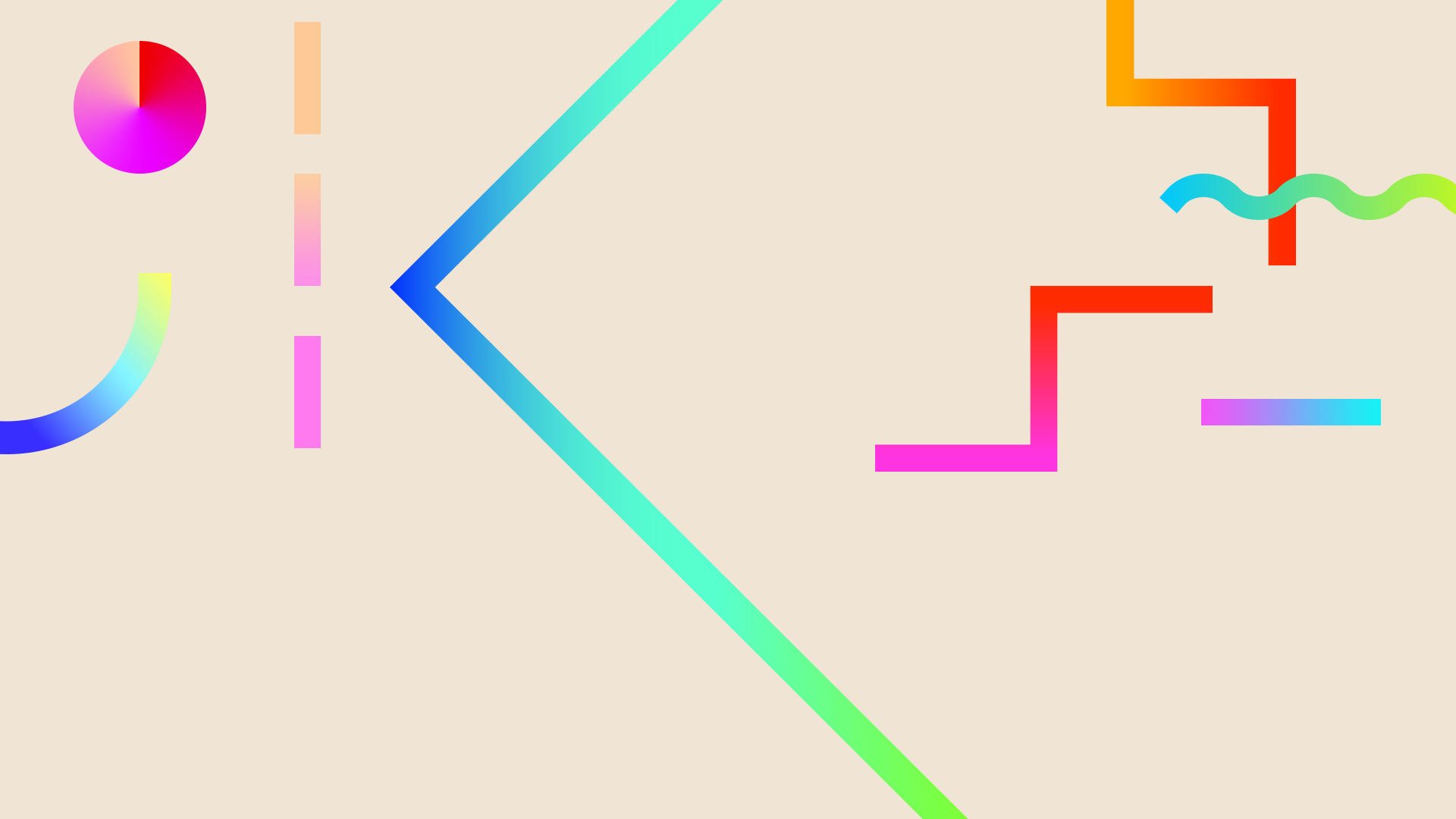
1-2-3 Summarize!
Reading to Learn
Rationale:
Reading is the first step for students to learn new information. The most important goal of reading is to understand what we are reading, which is how we become better readers. One way for readers to have better comprehension is to learn how to summarize. Summarizing is taking all the important details and main ideas from what you read and be able to explain them to someone who has not read the text. During this lesson, students will have the opportunity to analyze a number of articles in attempt to find the main points of a text. The teacher will model how to pick out important details and eliminate unimportant ones, and guide students through summarizing their own passages. The students will be assessed on their summarization skills through comprehension questions.
Materials:
-
Pencils
-
Paper
-
Highlighter
-
Black sharpies
-
Dry-erase board and dry-erase marker
-
Passage sample on SmartBoard (sample paragraph from National Geographic for Kids: Giant Pandas)
-
Classroom copies of full article “National Geographic for Kids: Giant Pandas)
-
Rubric for summarization
Procedures:
-
Say: Today we are going to talk about summarization. What do you think it means to summarize a story? Summarizing means taking the most important details of a story and putting it in your own words. Important details would be things such as main ideas, important characters, important statics, or really important things that a character does depending on what you are reading. Summarizing is retelling the story or passage you have read giving only the important details and main ideas you found, and we leave out details you do not think are as important. Summarizing is very useful when reading a book or article that is explaining something.
-
Say: Now we are going to read a passage together on the SmartBoard. This passage is on Giant Pandas. This corresponds with our science unit on different animals. Are giant pandas mammals? Where do you think you would see a giant panda? What do giant pandas eat? Let’s read more about our giant panda friends. Follow along with me as I read this passage out loud. (Show first paragraph from “Giant Panda” article).
-
Say: Who can give me a brief summary of what we just read? (give different students a chance to respond with their summaries and assist if needed. Write down some of their summaries on the board). Let’s take a look at my copy of this paragraph on the smartboard. Notice how I highlighted important details and crossed out the important details. That helps me keep my main ideas in mind.
High in dense bamboo forests in the misty, rainy mountains of southwestern China lives one of the world's rarest mammals: the giant panda, also called the panda. Only about 1,500 of these black-and-white relatives of bears survive in the wild.
-
Explain: To review, the main topic or first sentence tells us what the paragraph will be about. Our first sentence talked about where the giant panda lives. The paragraph talks about how rare the giant panda’s our so I highlighted that because I think it is important to know. I crossed out the specifics of where the giant panda lives because it is not as important. So, some information is more important than other information in a paragraph. Now, I am going to let you all try this on your own. Remember, there is not always a right or wrong answer!
-
Say: Let’s read more about our friends the giant pandas! I am giving you a black colored pencil and a highlighter. As you read, highlight the details you think are important and contribute to the main idea of the story. Take the black colored pencil and cross out the details you do not think are important. The main idea of this story is to give you more information on giant pandas. There is a lot of information on giant pandas so make sure you pick the information that is most important. For example, where they live, what they eat, their weight, etc.
-
Say: When you have finished reading and marking the story, I want you to summarize it in 6 sentences or less. Remember to only include main ideas and details. Don’t include any of the details you crossed out, only the ones you have highlighted. Write in complete sentences using correct punctuation. It is important that you make sure to not copy the text, but to put it in your own words.
-
Before you read, let’s go over a little vocabulary that you’ll see in the passage so you know what it means. (write these words on the board as well as sentences so the students may refer back to them)
-
Venture- to go somewhere that might be dangerous.
-
Enlarged- to make or become bigger or more extensive.
-
Molars- a tooth at the back of a mammal’s mouth
When you’ve finished reading and summarizing, I want you to come put your papers on the front table. Now, let’s get to reading and summarizing (allow 20-25 minutes for the students to summarize)
Assessment:
-
Where can you find giant pandas?
-
What do giant pandas eat?
-
How much does a female panda weigh?
Rubric-
Student Name:
Date:
Student clearly read article all the way through and used information from different paragraphs. _____ / 3
Student picked out information using methods taught in class. ______ / 2
Deleted unimportant details. ______ / 1
Wrote a short paragraph summarizing the most important details from the article. ______ / 4
Total points and comments: ______ / 10
References:
“Giant Panda” article: https://kids.nationalgeographic.com/animals/giant-panda/#giant-panda-tree.jpg
Summarizing Superheroes by Savannah Adcock: http://savannahadcock.wixsite.com/wildaboutreading/reading-learn
